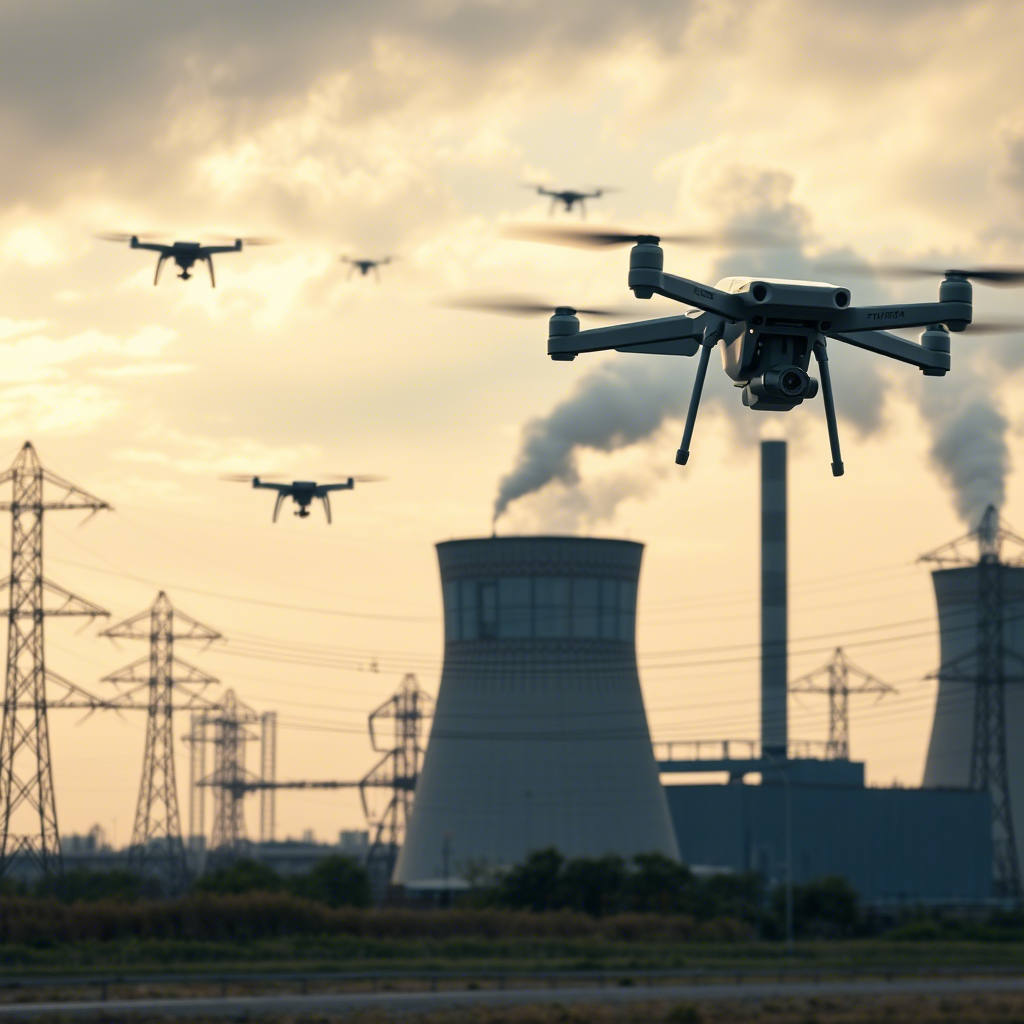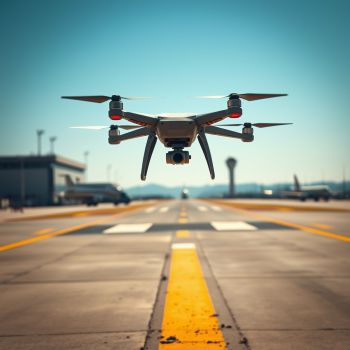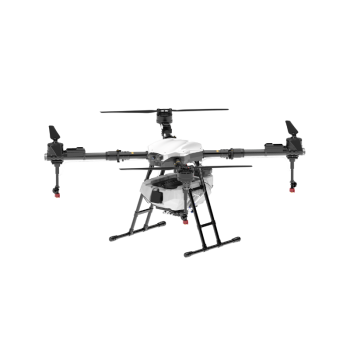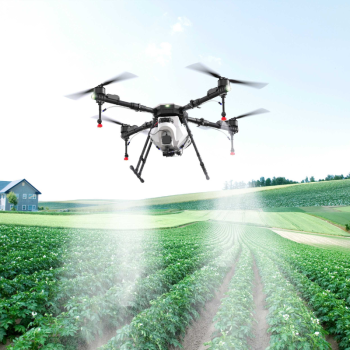Remote control of agricultural drones using 5G technology
Leveraging 5G Technology for Remote Operation of Agricultural Plant Protection Drones
The integration of 5G networks into agricultural drone systems is revolutionizing remote plant protection operations, offering unprecedented speed, reliability, and data-handling capabilities. This technological synergy enables farmers to manage drones across vast fields with minimal latency, adapt to dynamic environmental conditions, and optimize resource allocation. Below, we explore the key advantages, operational enhancements, and future potential of 5G-powered drone remote control in agriculture.
Ultra-Low Latency for Real-Time Decision-Making
One of the most transformative features of 5G is its sub-1-millisecond latency, which ensures instantaneous communication between drones and ground control stations. This near-zero delay is critical for tasks requiring split-second adjustments, such as avoiding collisions with obstacles like birds, power lines, or uneven terrain. For instance, if a drone detects sudden wind gusts during spraying, it can immediately alter its flight path or adjust droplet size without human intervention, thanks to 5G’s rapid data transmission.
Real-time latency reduction also enhances human-in-the-loop control. Farmers operating drones from remote locations can receive live video feeds and sensor data without perceptible lag, enabling precise maneuvering even in complex environments. This capability is particularly valuable for monitoring crop health in real time, as delays in identifying pest infestations or nutrient deficiencies could lead to irreversible damage.
Enhanced Data Transfer for High-Resolution Imaging and Analytics
5G networks support data transfer rates exceeding 10 Gbps, allowing drones to stream ultra-high-definition (UHD) imagery and multispectral data without buffering. This high bandwidth is essential for applications like crop stress detection, where subtle changes in leaf color or texture must be analyzed instantly. By transmitting detailed images to cloud-based platforms, farmers can access AI-driven insights on pest hotspots, disease patterns, or irrigation needs, all while the drone is still airborne.
The ability to process and act on data in real time also reduces the need for post-mission analysis. For example, a drone equipped with thermal cameras can identify waterlogged areas during flight and relay coordinates to irrigation systems via 5G, triggering automatic drainage adjustments. Such closed-loop systems minimize human error and accelerate response times, aligning with precision agriculture goals.
Scalability and Network Slicing for Large-Scale Deployments
5G’s network slicing technology allows operators to create dedicated virtual networks tailored to specific drone tasks, ensuring consistent performance even during peak usage. In agricultural settings, this means multiple drones can operate simultaneously across a farm without interference, as each unit is assigned a prioritized slice of the network. For instance, one slice might handle high-priority tasks like emergency pest control, while another manages routine monitoring, optimizing bandwidth allocation dynamically.
Scalability is further enhanced by 5G’s support for massive machine-type communication (mMTC), enabling thousands of connected devices per square kilometer. This feature is invaluable for large-scale farms deploying drone swarms for synchronized plant protection activities, such as coordinated spraying over hundreds of acres. Network slices can also prioritize safety-critical functions, such as geofencing alerts or collision-avoidance protocols, ensuring reliable operation in crowded airspace.
Improved Remote Access for Farmers in Underserved Areas
Rural regions often face connectivity challenges, limiting the adoption of advanced agricultural technologies. 5G’s extended coverage through small cells and beamforming addresses this gap by delivering stable connections to remote farms. Farmers can now control drones from central hubs or even mobile devices, eliminating the need for on-site supervision and reducing labor costs. This accessibility is particularly beneficial for smallholder farmers who lack resources for dedicated drone operators but still require efficient plant protection solutions.
Additionally, 5G enables cloud-based drone management platforms, where farmers can schedule missions, monitor progress, and analyze data from any internet-enabled device. These platforms often incorporate predictive analytics to forecast optimal spraying times based on weather forecasts or crop growth stages, further enhancing operational efficiency. By democratizing access to cutting-edge tools, 5G bridges the digital divide in agriculture.
Future Prospects: Integration with Autonomous Farming Ecosystems
As 5G networks expand, their role in autonomous farming ecosystems will grow. Drones could soon collaborate with ground-based robots, soil sensors, and satellite systems through a unified 5G-powered network, creating a seamless workflow from field scanning to treatment application. For example, a drone might detect a fungal outbreak and automatically dispatch ground robots to apply targeted treatments, all coordinated via 5G to minimize human involvement.
Research is also underway to explore 5G’s potential in enabling drone-to-drone communication, allowing swarms to share data and adapt strategies mid-flight. This could lead to self-organizing drone fleets capable of optimizing coverage patterns in real time, reducing energy consumption and improving task efficiency. Such advancements position 5G as a cornerstone of next-generation smart agriculture.
Conclusion
The fusion of 5G technology with agricultural drone remote control is unlocking new frontiers in plant protection, combining speed, reliability, and scalability to meet the demands of modern farming. From real-time latency reduction and high-resolution data analytics to rural connectivity and autonomous ecosystem integration, 5G is reshaping how farmers manage crops sustainably. As networks continue to evolve, the agricultural sector stands to benefit from increasingly intelligent, connected, and efficient drone operations.




